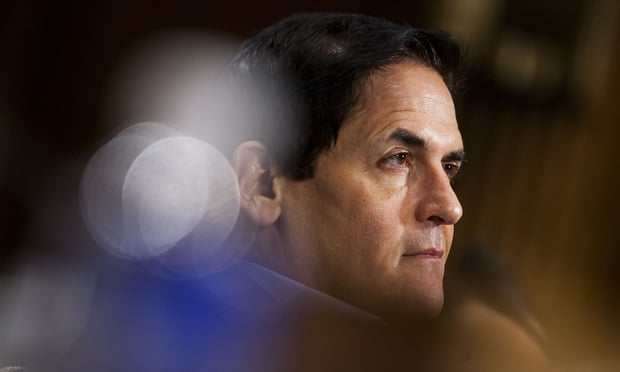Over the next 14 months, seven of the 20 top-selling brand-name drugs are set to lose their patents. Many employers see this as a way to cut their health plans' prescription costs, and though the cost savings potential is certainly available, there is more to it, says Terrance Killilea, vice president for Integrate Health Metrics, a national health care consulting group within Wells Fargo Insurance Services USA Inc.
For an employer to truly realize the possible cost savings generic drugs offer, it first has to become an informed consumer, Killilea says, which means understanding how pharmaceutical benefit managers price these medications. With a better understanding of PBM contracts, employers may consider taking a different pricing approach than the traditional method.
"There's additional information about pricing that would be valuable to employers," Killilea says. "I think it's a question of the extent of an employer's understanding of the pricing environment, and the more they understand the pricing environment, the more effective purchasers of pharmaceuticals they'll become."
Recommended For You
How generic pricing works
When a PBM prices a brand-name drug, it bases the cost on the average wholesale price, Killilea says, while generic drug costs are based on a formula of the AWP minus a certain percentage, typically anywhere from 65 to 80 percent. The problem with this structure is it's a subjective pricing method. Brand-name drugs have only one manufacturer, making the AWP a commonly accepted price; however, generic drugs have multiple manufacturers, which can skew the AWP calculations.
"There's much more interpretative variability on a generic AWP," Killilea says. "If you talk about a single-source brand, which is a brand made by one manufacturer, the AWP is commonly accepted and easily referenced. With generic drugs, there are multiple manufacturers, and the reproducibility of an AWP tends to not be as consistent."
Because of this pricing methodology, it is important for an employer to negotiate generic drug costs on a fiscal basis that focuses on a line item strategy, rather than the traditional discount platform, Killilea says. This ensures an employer is receiving its generic drugs at the lowest possible cost.
"When subtracting a percentage from AWP, our findings very consistently show that health plan sponsors are not achieving the cost per pill, price per unit they can using a more line item strategy," Killilea says. "We don't show savings by a better discount; we show savings by less money spent with a line item strategy."
Determining a PBM contract based on a line item strategy takes a deep analysis, which is where an employer's broker or consultant can help, Killilea says. There are certain metrics that should be considered in a PBM contract, and having someone well versed those deals is helpful in negotiating the best agreement.
"Plan sponsors purchase their medications from PBMs; plan sponsors do not purchase their medications through drug stores," Killilea says. "That sounds so basic, but it's absolute. When they sign that PBM contract they're deciding what their pricing for drugs are going to be for the next two to three years, so that's why it's so critical to have a well-informed negotiating broker or consultant that has deep knowledge of financial aspect. If you don't, you end up with contracts that we tend to see, which are based on subjective pricing.
"There's a lot of group think that gets accepted as the standard, and it doesn't address the actual cost drivers. It's just unfortunate because I think predominantly health plan sponsors have been paying too much for their generics."
© 2025 ALM Global, LLC, All Rights Reserved. Request academic re-use from www.copyright.com. All other uses, submit a request to [email protected]. For more information visit Asset & Logo Licensing.







